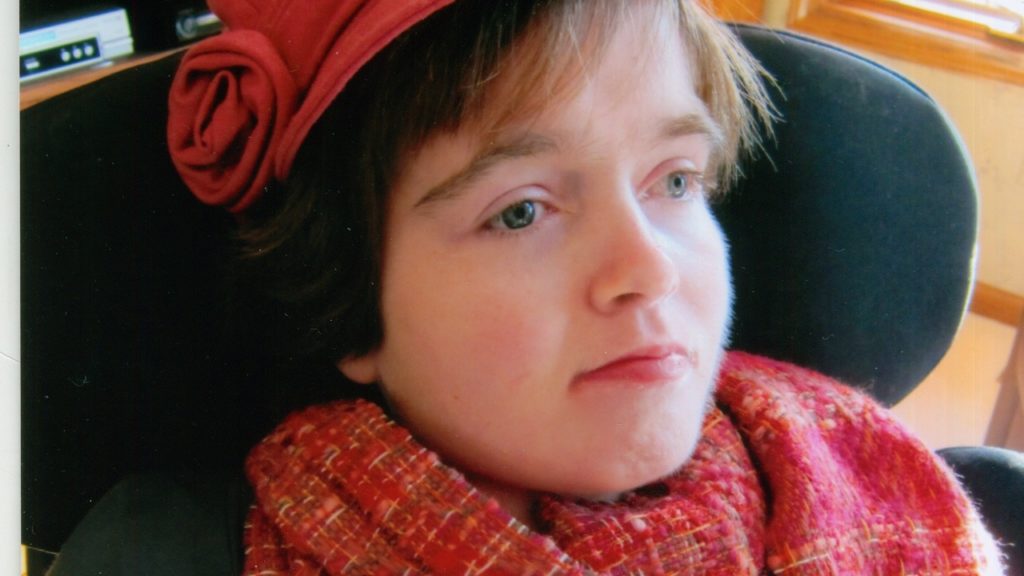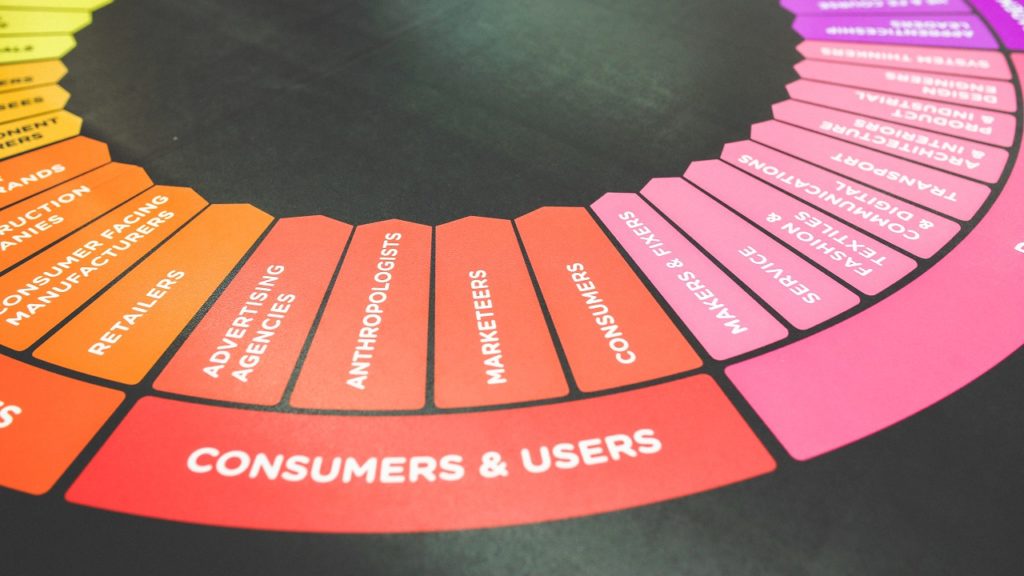 Special to the Philanthropy Journal
Special to the Philanthropy Journal
By Heather Yandow
When I talk with nonprofit fundraisers, I tend to hear the same questions again and again. How much can we raise next year? What should our average gift be? Are we doing okay?
To find the answers to those questions – and more – I created the Individual Donor Benchmark Project, a deep dive into the data of small but mighty organizations. There is no other benchmarking resource for smaller organizations with individual donor fundraising programs. And as we looked carefully at the data of nonprofits with budgets under $2 million, we found some informative and surprising results.
The Individual Donor Benchmark Project is now in its third year of collecting national data, and we’ve been excited to see some statistics stay steady. Over the last year, we tripled the number of survey participants, but several key data points stayed the same. We suspect these are the ‘universal truths’ of individual donor fundraising.
Our universal truths include:
- The average small and mighty nonprofit raises 36 percent of their overall income from individual donors.
- Donors are giving about $435 on average. We looked at all individual donor gifts to the organization (big and small, online and offline, recurring and one-time) and found that gifts stayed around the $400 mark. If your average gift is less than $400, you likely have an opportunity to build more major donor support. If your average gift is significantly more than $400, you may need to build more donors at the bottom of your pyramid.
- Small and mighty nonprofits are raising 17% of their individual donor income online.
- Organizations raise about half of their income from donors giving $1,000 or more.
- On average, about four out of 10 board members are active in individual donor fundraising – making introductions, attending donor meetings, and other activities. Not every board member can (or should) be actively involved in individual donor fundraising, so focusing on your most enthusiastic board members will produce the best return on investment.
More data can be found in the full report, available for free download by clicking here. 
The Secret to Fundraising Success
While the data itself is useful, there is also a big question hanging over the entire project: what makes an individual donor fundraising program successful?
We put that question to the project’s resident data expert. Was there anything in the data that could predict success? After examining all of the possible data interactions, the results came back: having a fundraising plan is the single best predictor of fundraising success.
If you have a plan, other investments in your fundraising program – more staff, higher paid staff, and more donor meetings – lead to bigger impact. If you don’t have a fundraising plan, the other investments don’t matter.
Let’s take a closer look:
- If you have a fundraising plan, your investment in staff will pay off in more individual donor dollars. In fact, for every $1 of increased salary, you can expect to raise an additional $4.25. It’s unlikely that you would pay a development staffer $1 more a year, but if you invested in a development staffer worth $10,000 more, you could expect to raise $42,500 more per year.
- If you have a fundraising plan, devoting more staff time to individual donors will lead to more donations. For every one full-time person working on individual donor fundraising, you can expect to raise $280,000. This holds true at any level – if you have someone working 25% of their time on individual donor fundraising, you can expect to raise $70,000.
- If you have a fundraising plan, meetings with donors will result in increased donations. For every donor meeting you hold, your overall individual donor revenue goes up by $5,000. That’s not to say that every donor you meet will give you $5,000 – but your total revenue will go up by $5,000.
The important thing is that these statistics are only true if you have a fundraising plan. If you don’t, the data shows no relationship between investing more in individual donor fundraising and seeing greater results.
Putting the Data to Use
With this data, you can strengthen your organization’s fundraising program. In particular, you can use this data to identify where your organization might focus energy and increase outcomes. Look for places that your organization’s results are below the average and get empowered to enhance your efforts. You may find, for example, that your organization has a small recurring donor program that could blossom with a little more attention.
And most importantly, if you don’t have a fundraising plan, create one today. Even a simple outline detailing your individual donor strategies and goals over the next few months will help you achieve better results.
Heather Yandow is a nonprofit consultant, trainer, facilitator, and coach based in Raleigh, North Carolina. She is the creator of the Individual Donor Benchmark Report and an evangelist for the power of data.
Download the full report and infographic at http://www.thirdspacestudio.com/idb2014. If you’d like to take part in the 2016 survey, visit http://www.thirdspacestudio.com/countmein to sign up.






